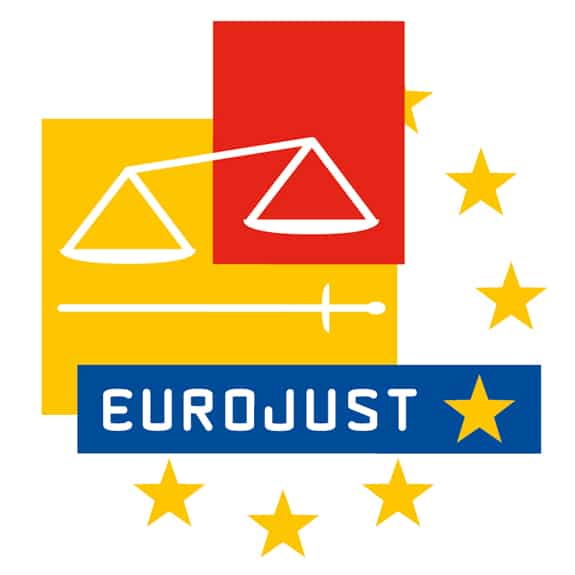Phobos Ransomware Ring Busted: Roman Berezhnoy and Egor Nikolaevich Glebov Charged in $16M+ Global Cybercrime Spree
WASHINGTON, D.C. – In a sweeping international operation, the U.S. Justice Department has unsealed charges against two Russian nationals…



